How Long Does It Take To Climb Mount Kilimanjaro? A Dream Worth Climbing
Rising in majestic silence above the plains of Tanzania, Mount Kilimanjaro stands not only as Africa’s highest peak but also as one of the most iconic summits in the world. Crowned with glaciers and often cloaked in clouds, it is the tallest free-standing mountain on Earth, reaching an impressive 5,895 meters (19,341 feet) above sea level. It is a peak that beckons thousands of adventurers every year—novices and seasoned trekkers alike—each drawn by its allure, its challenge, and the dream of standing on the legendary Uhuru Peak.
But beneath its awe-inspiring silhouette lies a crucial question every prospective climber must consider: how long does it really take to climb Mount Kilimanjaro? The answer isn’t as straightforward as it may seem, for it depends on a variety of factors—ranging from route choice, acclimatization needs, and individual fitness, to the underlying goal of a safe, successful summit.
This article ventures deep into the time it truly takes to conquer Kilimanjaro, breaking down its duration, the science behind the climb, and what climbers can expect on this journey to the top of Africa.
Understanding the Climb: More Than Just Days on a Trail
The question of how long it takes to climb Kilimanjaro is not simply a number—it is a consideration of altitude adaptation, physical endurance, and mental preparation. Unlike technical peaks that demand climbing expertise and ropes, Kilimanjaro is considered a non-technical trek, meaning no prior mountaineering skills are required. However, that does not imply it is easy.
What makes Kilimanjaro truly challenging is its rapid ascent through varying climate zones, from equatorial rainforest to alpine desert and finally to glacial arctic conditions. This swift change in altitude within a few days places immense stress on the human body, especially when proper acclimatization is not prioritized.
As a result, climbers are strongly advised to choose longer routes, even if they seem more demanding. Time on the mountain directly correlates with acclimatization, and acclimatization is the key to success. It has been widely reported that shorter climbs have significantly lower summit success rates, often due to altitude sickness, which affects a high percentage of those ascending too quickly.
Route Matters: A Journey Dictated by Pathways
There are several officially established routes to Kilimanjaro’s summit, each with a distinct character and timeline. Some are designed for swift ascents, while others meander more gradually, allowing the body to adjust to the thinning air.
Among the shortest is the Marangu Route, which can be completed in as little as five days, although this timeframe carries a lower summit success rate and greater risk of altitude complications. Most climbers, even on this route, are encouraged to extend their trek to six days for better adjustment.
On the other end of the spectrum lies the Lemosho Route, often completed in seven to eight days. It is widely regarded for its beauty, solitude, and high success rate due to its more gradual ascent profile. Similarly, the Machame Route, also known as the “Whiskey Route,” typically spans six to seven days, offering scenic variation and strong acclimatization opportunities through its climb high, sleep low pattern.
The Rongai, Shira, Umbwe, and Northern Circuit routes vary in length from six to nine days, with the Northern Circuit being the longest and least trafficked—yet offering the highest summit success rate due to its extended duration.
When the question is posed—how long does it take to climb Mount Kilimanjaro—the correct answer is this: it depends on the route chosen, but the optimal range is between 6 to 9 days, with longer durations greatly enhancing chances of success and safety.
The Power of Acclimatization: A Matter of Health and Altitude
What cannot be overstated in any discussion about Kilimanjaro is the importance of acclimatization. The ascent takes climbers from sea-level oxygen concentrations to less than 50% of normal atmospheric oxygen at the summit. Without adequate time to adjust, the risk of Acute Mountain Sickness (AMS) rises dramatically, potentially escalating to serious conditions such as High Altitude Pulmonary Edema (HAPE) or High Altitude Cerebral Edema (HACE).
Routes that offer additional acclimatization days or incorporate climb-high, sleep-low strategies have proven more successful. Such methods allow the body to adapt naturally to altitude changes, reducing physiological strain and enabling climbers to enjoy the journey, rather than merely endure it.
In fact, most reputable guides and operators now emphasize that the question should not be “how quickly can it be done?” but rather “how safely and sustainably can it be achieved?” The mountain is not a race—it is a pilgrimage of endurance, humility, and respect for nature’s extremes.
Fitness and Preparation: Shaping the Timeline from the Ground Up
While time on the mountain is dictated by route and altitude needs, the preparation phase before the climb is equally vital. For those starting their journey from home, physical conditioning should begin at least two to three months in advance, incorporating cardiovascular training, leg strengthening, and long-duration hiking with weight.
The fitter a climber is, the better they can manage the daily trekking distances and elevation gain. Yet even peak fitness does not replace the necessity for altitude acclimatization, which remains non-negotiable regardless of strength or age.
Mental preparedness also plays a key role. The higher one climbs, the more challenging the conditions become. Freezing temperatures, reduced appetite, disrupted sleep, and physical fatigue are common. The ability to stay positive, resilient, and mentally focused contributes as much to summit success as physical strength does.
Summit Day: The Longest and Most Challenging Push
While most days on Kilimanjaro involve moderate trekking of 4 to 7 hours, the final push to the summit is an entirely different challenge. Summit day typically begins around midnight, with climbers ascending slowly in the darkness under starlit skies, often for 6 to 8 hours, before reaching the crater rim and, eventually, Uhuru Peak.
This part of the climb is the most taxing—physically, mentally, and emotionally. Temperatures plummet well below freezing, winds intensify, and oxygen levels drop to their lowest. The ascent is slow and deliberate, and the altitude effects are at their peak.
After summiting, climbers must descend the same day, often trekking a total of 10 to 14 hours before reaching a lower camp. This day, more than any other, highlights the need for proper pacing and adequate acclimatization in the preceding days.
Descent and Reflection: The Journey Down the Mountain
After the summit, the descent takes one to two days, depending on the route. Though physically easier, it places stress on joints and muscles. Many trekkers report the descent as surprisingly demanding, though it is lightened by the psychological elation of having reached the top.
By the time climbers return to the base, they will have spent between six and nine days immersed in the ever-changing beauty of Kilimanjaro’s ecosystems—from jungle to alpine meadows to frozen summit—and every hour spent will have contributed to a profound transformation, both physically and spiritually.
Climbing Kilimanjaro: A Timeless Adventure Requires Timely Planning
To climb Mount Kilimanjaro is to accept a challenge that is both monumental and deeply personal. The time it takes to reach the summit is not measured only in days—but in determination, acclimatization, preparation, and a willingness to embrace the unknown.
For those who dream of standing on Africa’s highest point, the path is there—but it must be walked with patience, humility, and proper planning. The journey cannot be rushed, and the rewards lie not just at the summit, but in every step that leads to it.
Plan Your Ascent with WildHorn Africa
When choosing to take on Kilimanjaro, the guidance of experienced, ethical, and passionate tour operators is essential. For those seeking a seamless, supported, and unforgettable Kilimanjaro climb, WildHorn Africa offers expertly curated trekking itineraries, professional mountain teams, and a commitment to both safety and success.
With WildHorn Africa, climbers are not just clients—they are companions in a journey of transformation. Whether you are planning your first African adventure or adding Kilimanjaro to your bucket list, trust the team that understands the mountain, the land, and the soul of the climb.
Book your Kilimanjaro adventure—and your broader African safari experience—with WildHorn Africa today. Let your journey to the top begin with the people who know the path.
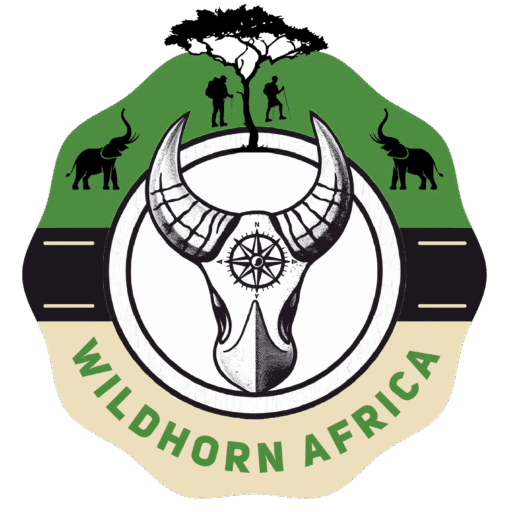
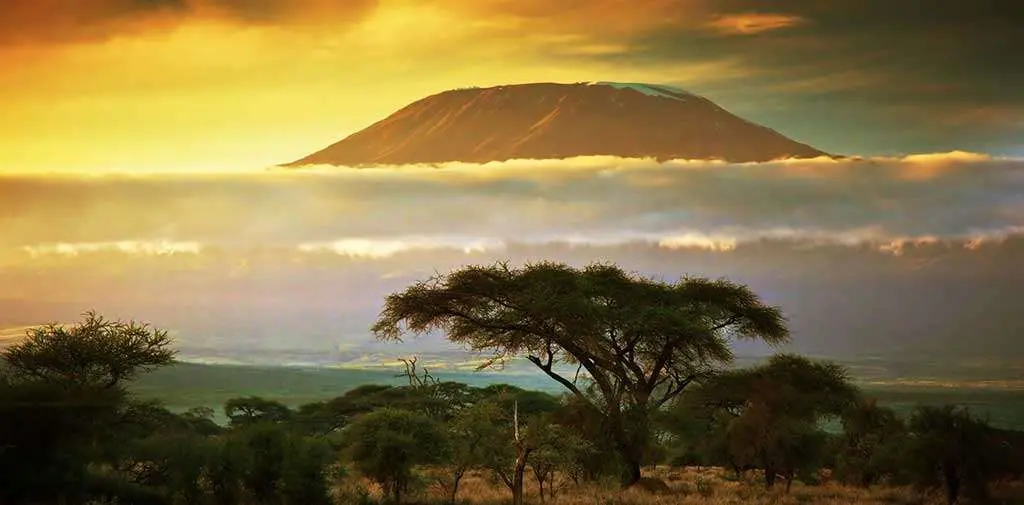
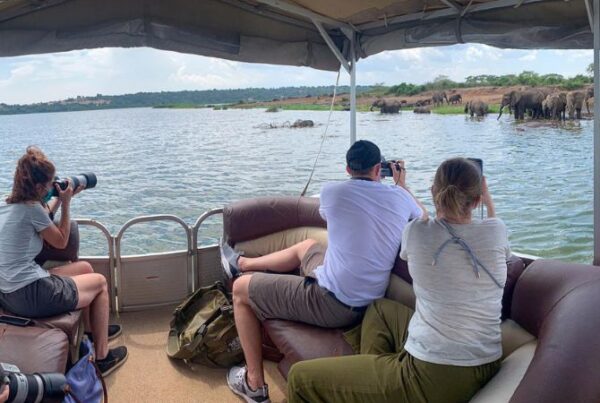
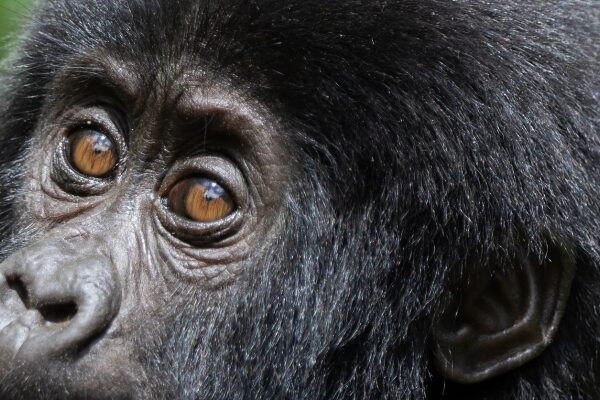
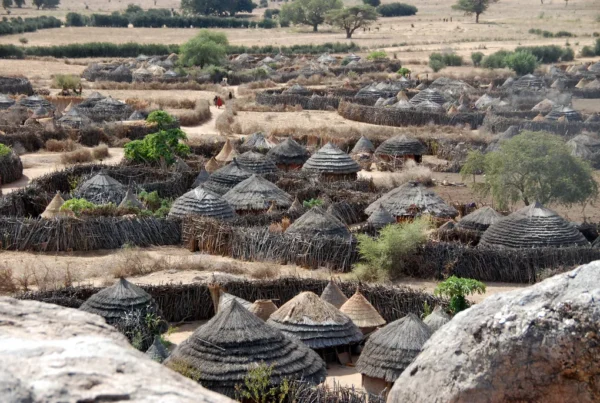
 WildHorn Africa – Authentic and unforgettable tours across Africa, guided by local experts who know the land, wildlife, and culture best.
WildHorn Africa – Authentic and unforgettable tours across Africa, guided by local experts who know the land, wildlife, and culture best.


